Growing Candelabra Primroses is so easy! Primulas were once just flowers that I associated with late winter / early spring. When I was growing up primroses and polyanthus grew prolifically in my granddad's garden. They were one of the first flowers I grew myself as a child. The first plants that I learned how to divide and transplant. With great results! They had forgiving leaves and roots around a gardener with little fingers.
Little did I realise back then how diverse the Primula family really was! Years later I grew them from seed after giving the seeds 'a taste of winter' in my fridge. But it wasn't until I moved to Perthshire that I had the opportunity to grow lots more hardy Primula species. Candelabra Primroses that would flower not only in early spring but well into July September!
This post may contain affiliate links, which means I may receive a small commission if you click on a link and purchase something that I have recommended. Clicking these links will not cost you any extra money, however, as an Amazon Associate, I earn from qualifying purchases which helps me keep this site going! Please check out my disclosure policy for more details.

Candelabra Primroses need Moisture
You can grow plants like the Candelabra primroses when you have wet clay soil. They grow wild along rivers and streams in regions of China, India and Nepal. While in your own garden you'll find that they'll happily grow among the hostas, astilbes, ligularia, astrantia and iris flowers as long as there is plenty of moisture in the soil.
It's inevitable that after awhile you start to become a bit of a collector. No matter how small a garden you have! They are prolific self-seeders so you can colonise part of the garden in just over a few years.

Primula pulverulenta
The first one to flower in the leavesnbloom garden in May is Primula pulverulenta - The Powdery Primrose. This plant is really tough. I planted it in the coldest part of my garden and it always gets through the harshest of winters. It grows in a north facing border. Sometimes it sits under water for days at a time in the heaviest yuckiest soil you've ever imagined!

The Powdery Primrose

Then there's the Primula japonica 'Apple Blossom' with whorls of pink flowers with red eyes. It flowers at the same time as the pulverulenta ones. You can see photos of them alongside Primula japonica 'Millers Crimson' here.
Primula bulleyana
In June and throughout July the Primula bulleyana start to flower in their shades of terracotta and yellow.
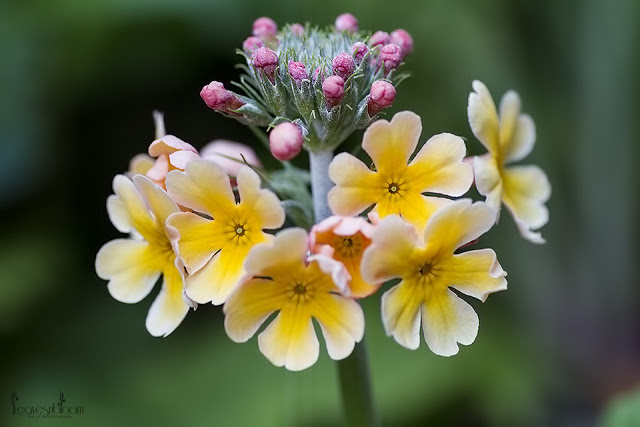
The Primula bulleyana subsp. beesiana is another good strong grower. It starts to flower in shades of pink and purple from June onwards too.
Then there is the terracotta Primula chungensis which starts to flower in May. It's a good plant to grow with rhododendons, azaleas and camelias. The plant likes the soil to be not so wet as long as it's grown in dappled shade. Once I saw them in flower in Branklyn Garden alongside Meconopsis. So I decided that these would be good addition in my garden too. Hopefully I'll have a substantial clump like this after a few years.


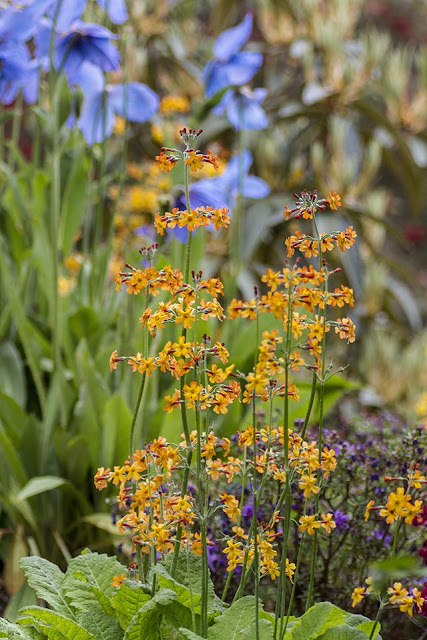

Growing from Seed
I've too many pulverulenta's growing in the garden so their seedheads will be cut off soon. I'll encourage the others instead.
Rather than just scattering the seed in late summer I'll be sowing it from fresh sticky green seed.
I watched a Gardeners World video a few months ago where Monty Don shows you how to do it. It looks very easy. Hopefully seed germination will be as straightforward as Monty has made it look. No fridges are required!
So far all of the candelabra's have thrived in the garden. But that's not been the case with all the primula's I've tried to grow. Primula rosea and Primula vialii never made it past year two.
Primula capitata
Recently I extended the primula flowering period into late August / September. Primula capitata is the latest primula to arrive in the leavesnbloom garden. Once established it will start to flower from June onwards. This one grows wild in India though it's short lived. But if you grow them together they should self seed. Maybe that's where I was going wrong with the others. I wasn't growing enough of them so that they would self seed?
It has a 1 ft tall deep purple flower spike with mealy white farina stems. These are growing in a different part of the garden. They like a moist but not too heavy a soil in a dappled shade location. I've planted them near the Dodecatheon in an east facing border. The soil is much nicer to work with in that area. I try to always add mycorrhizal fungi to the planting hole. The fungi will help to build a very strong root system. As a result the primula should cope better with any dry periods in the future.
Here's hoping I get some flowers soon!
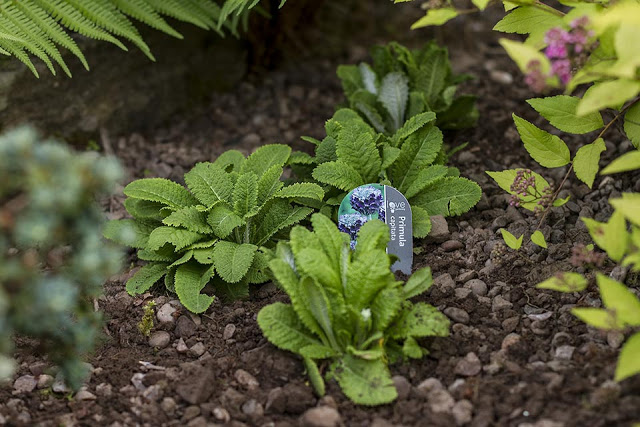
Plants For Sale (some are bare rooted)
If you can't source candelabra primrose plants at your local nursery they can be ordered online by clicking on my affiliate links below.
Primula pulverulenta - Mealy Primrose Plant in 9 cm Pot
>Primula capitata (Round-Headed Himalayan Primrose)
Candelabra Primula x 5 Young Plants
Primula chungensis garden tested and hardy candelabra
Primula japonica Postford White
Primula secundiflora the Sichuan primrose
Primula alpicola 3 varieties 2 plants of each (6 plants in total)
Seeds For Sale
If you can't source candelabra primrose seeds at your local nursery they can be ordered online by clicking on my affiliate links below.



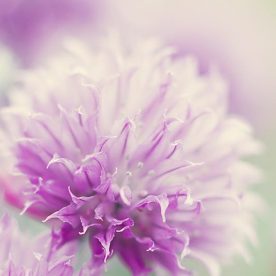
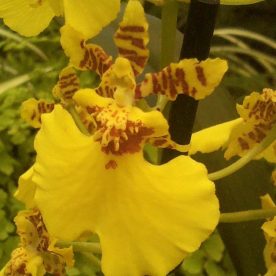
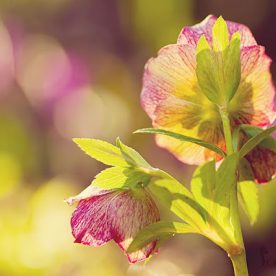
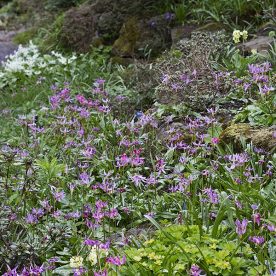
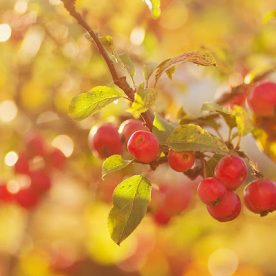
ann
Love these flowers, Rosie. I wo spider if they would grow here on the Colorado prairie where we do have clay soil, too, and cold winters? I don't think that I have even seen them here.
Rose
Until recently, the only primroses I was familiar with were the smaller ones that bloom in the spring. What a gorgeous array of different varieties! You've convinced me I need to add some primulas to my garden.
rusty duck
Perfect for rainy Devon too, especially in the boggy bit down by the river. Primula chungensis is just gorgeous!
myaberdeengarden
I enjoyed this article a lot, Rosie, as I am starting to collect different primulas too. I only have one type of candelabra primula at the moment and it has taken a few years to flower. I think I maybe divided the original plant a bit too enthusiastically. I know it is supposed to be better is a shadier spot, but when I tried that it got eaten alive by slugs, so I moved it to a sunnier spot. Maybe now it is larger I can try moving it back as I think it would be happier in a damper position. Mind you today everywhere is plenty damp enough – the rain is unbelievable – I am sure some of my plants will just drown. How are you doing in Perth?
Those Primula chungensis look spectacula with the Meconopsis.
Jeri Landers
Rosie, how very nice to see you again. I am surprised that I have not done well with the primroses as we have nothing BUT wet (and dry) clay soil. After seeing these delicate beauties in your garden, I will give them another go. We have the Evening primrose, it looks quite different, but thrives everywhere in my garden and drops seeds as well.
A Garden of Threads
Green-eyed monster of envy is raising its' head here Rosie. My sand does not grow them well, I have had great success with Primrose kisoana though. It's a beautiful pink and flowers in mid spring in my garden.
Rick
You are very much preaching to the converted here Rosie, Primulas and Meconopsis are my first love and I grow quite a few candelabra species. I save all my seed, not just primulas, in ripe condition and place it in a sealed container with some silica gel in the vegetable box of my refrigerator, this is not done specifically to encourage germination, just for storage. The seed is then cold sown along with any society seed in January or February, in fact my first sowing went in on New Year's Day this year, I know sad! Using this method I almost always have a good success rate with no failures from my own collected seed. I only mention this because, I expect like yourself, I root out hundreds of self sown primula seedlings every year.